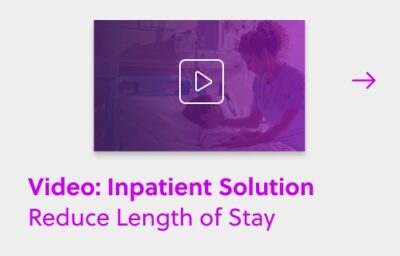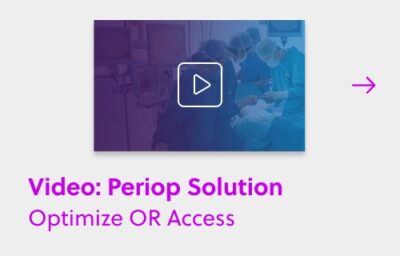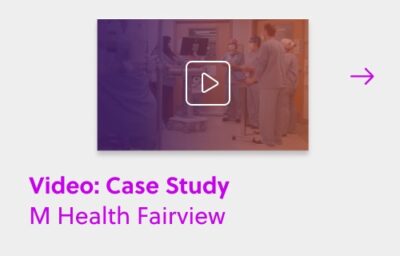I recently got the opportunity to join a distinguished panel of experts at the 2016 State of Reform Northern California Policy Conference alongside Brian Conner from Moss Adams and Liz Helms from California Chronic Care Coalition. The topic was centered on measuring value in healthcare and it was a lively discussion where I learned a lot. I wanted to share some of the points I thought were important to highlight.
Measurement in health care has always been tricky. Simply put value can be measured by what we achieve for patients over what we spend to do that. But measuring value in healthcare is far from simple. The perceived outcomes achieved have many dimensions: experience, access, quality and the perceived spend itself can vary based on the different perspectives of the patient, provider and payor. I understand the allure of measurement. After all, Peter Drucker’s quote “If you don’t measure it, you can’t manage it” is a guiding principle for most managers.
But I believe it’s now time we start advancing the conversation from measuring value to achievingvalue. We have glut of measurements in healthcare and it is leading to a major challenge of analysis paralysis and far worse, burn out on the front lines. Many experts like Dr. Robert Wachter from UCSF have argued that the exponential rise in measurement is directly causing burnout amongst our clinicians and frontline teams at hospitals.
We have to step back and ask ourselves “And Then What?” My personal view is that by thinking beyond measurement, the same technology that is burning out our clinicians can be used to enrich both the lives of the patient and the provider.
At analyticsMD, this actually aligns well with our mission. We have learned that if you can bridge the gap between real time data and frontline action, you can actually achieve execution excellence without burning out your delivery teams. For example, a 400 bed community hospital reduced falls by 39% by using real time insights. Similarly, we have applied our platform to reduce wait times in hospitals, improve patient satisfaction and quality. Instead of the frontline having to watch measurements on a dashboard, our software based “Air Traffic Control” proactively warns about bottlenecks and suggests countermeasures in advance.
As Dr. Wachter observes on the current measurement landscape that “the computer systems have become the dark force behind quality measures,” I would argue that the same computing can be used to prevent burnout and engage our physicians and patients. As we assess the challenges in our industry, I have never been so confident in the need for technology to improve the lives of our patients while keeping in mind the great heroes that take care of us: our clinicians.


